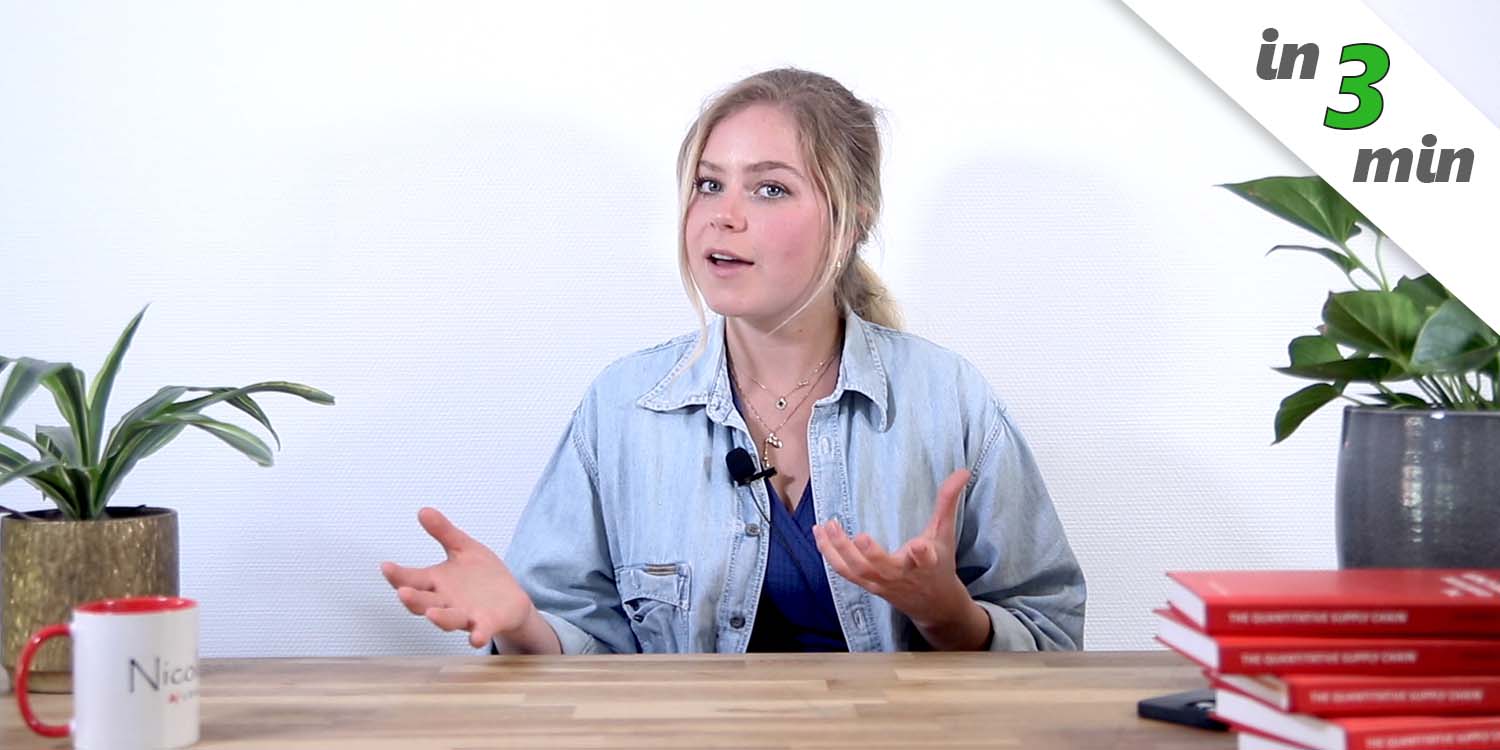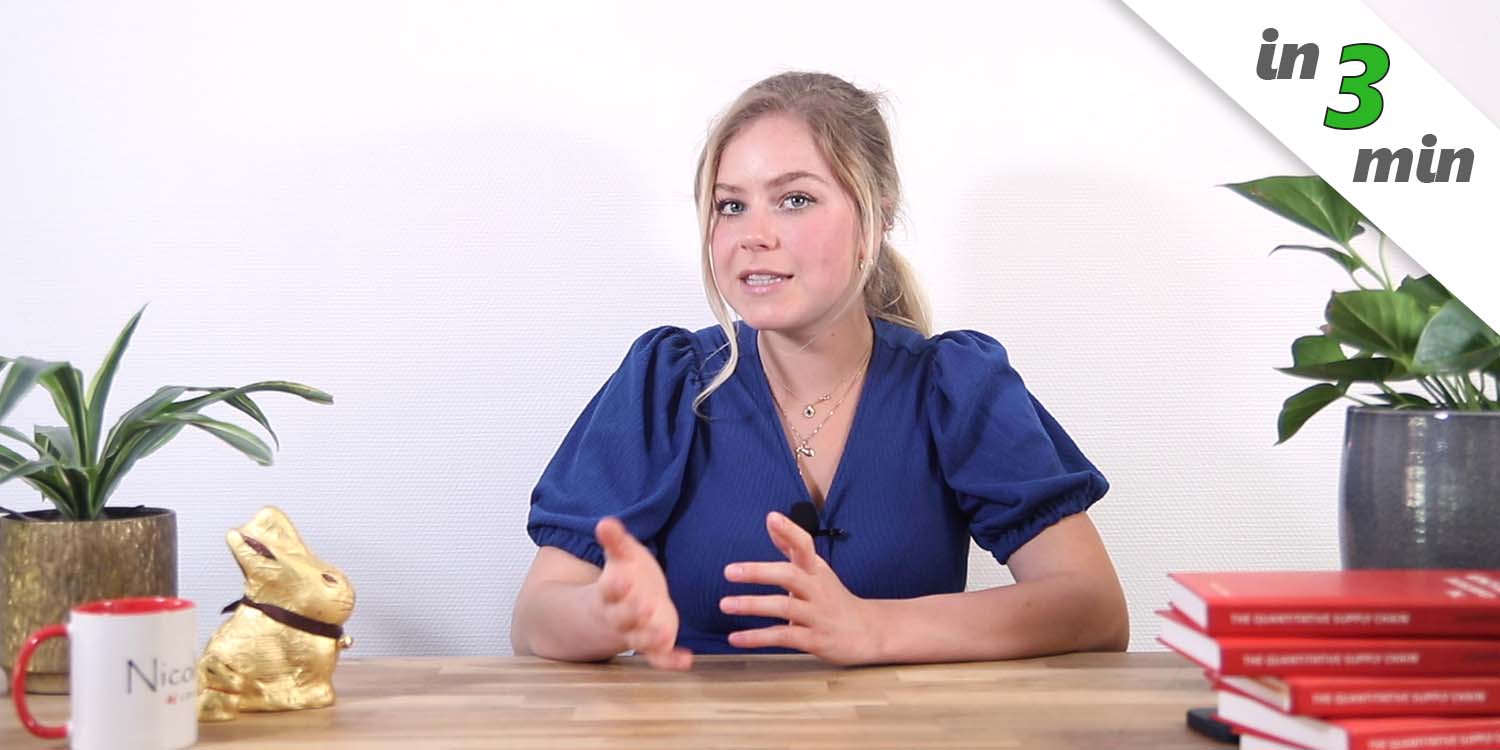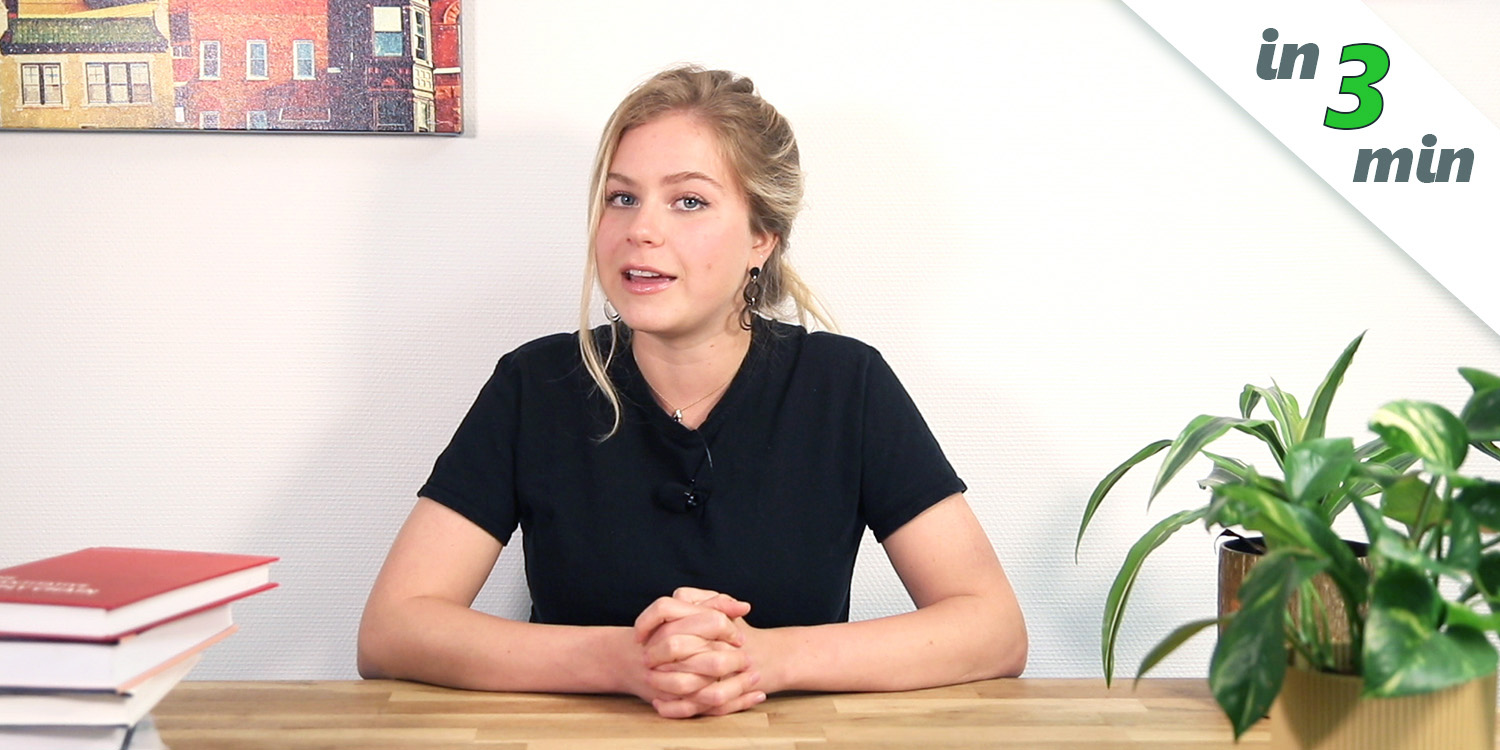Description
The economic order quantity is essentially a trade-off between the ordering cost and inventory holding cost. If the company’s ordering costs or product demand increases, the order quantity increases. Similarly, if the holding cost increases, the order quantity decreases.
Although the economic order quantity formula dating for 1913 is extremely well-known, we advise against using such a formula in any modern supply chain environment. The underlying mathematical assumptions behind this formula are no longer applicable. The historical formula assumes that the cost of the act of ordering is the one key business driver. It certainly was an important factor back in 1913 when an army of clerks was required to manually keep track of the books, but with inventory management software, this factor is usually insignificant.
Probabilistic demand forecasts associated with the assessment of the marginal economic contribution of every single extra unit of stock, is a far more impactful approach.
Learn more in the entry Economic Order Quantity of the Lokad knowledgebase.


